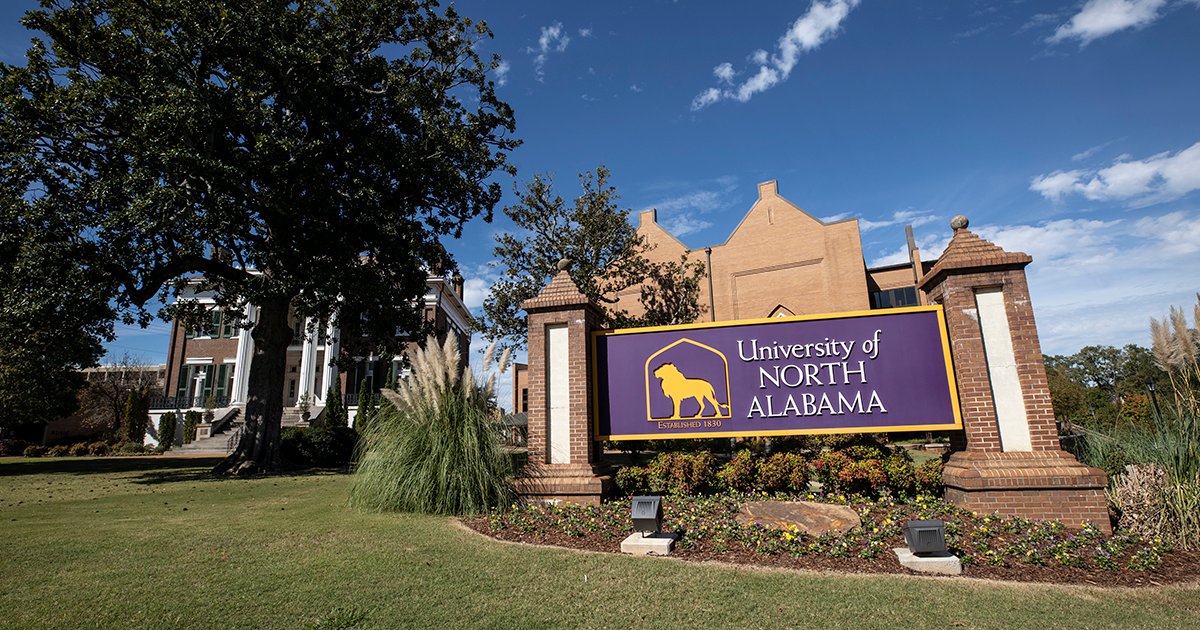
University Of North Alabama Geography Professor Earns One-year Research Grant From Korean Agency
Oct. 15, 2015
Michelle Eubanks, UNA, at media@una.edu, 256.765.4392 or 256.606.2033
By Bryan Rachal, University Communications
FLORENCE, Ala. - University of North Alabama geography professor Dr. Sunhui Sim and her research collaborator and geography visiting scholar, Mr. Jong Hyun Baik are the recipients of a one-year research grant from the Korean Rural Research Institute (RRI).
Sim and Baik were awarded $27,000 to study the emerging concept of rurbanization and rurban planning in the U.S., using geographic information systems (GIS). Rurbanization is basically the same thing as urbanization; however, one deals with rural communities.
Sim said that she and Baik wanted to know what makes people choose to stay in rural areas. "We thought maybe we could measure something, as in what town is more livable, which town is less livable and why? And what kind of criteria can we have to measure this?"
Sim said she, like everyone else, was used to seeing the "Best Small Town" lists online; but the questions she was always asking herself: How did they compile these lists? What data were they using to designate a town as the "best?"
Sim said that what she found was a very vague set of guidelines. "For example, many of the lists would say the town has a good economy, but what does that mean? Or they say it's affordable. Okay, well how did you calculate that?"
Sim said using the vague parameters she found from other lists, she and Baik were able to develop their own livability index. Now, she said, they had hard and fast numbers that showed a booming economy and livability in understandable metrics.
"We're already past the planning phase with this. We have 20 - 30 criteria and each one measures something like housing affordability, and we use a formula. So with housing affordability we compare medium income of neighborhoods and then every house's selling price, "she said. "So we know if you make a certain amount of money, we know what type of house you can afford. But we also use my field GIS to measure things like the distance to a major road, or how many roads a neighborhood has."
All of these factors, according to Sim and Baik, add up to make a rural area livable. But what role does Korea play? Well as it turns out Baik currently works for the Korean RRI. Sim said that Baik hopes to develop a formula here in the States, and then see if they can translate it to Korea. "Probably, it will be a little different, because the economy is somewhat similar, but slightly different," said Sim.
When it comes to the information's use in the States, Sim said she'd like to develop a ranking system for cities with varying populations, such as 1,000, 5,000, and 10,000 or less. "Then we'll go to actually visit these towns; maybe the worst town and maybe the best. So we'll do an analysis of the people and actually question them in person. What do you like? What don't you like? People have a different perception than statistics would present. So maybe a small town person has a different idea of what livability is compared to a person who lives in a larger town."
Sim said that this information is very beneficial for city officials, chambers of commerce etc... For example, a small city may want to build a large sports complex, but if the residents have no interest in sports and don't think it contributes to the quality of life, it probably has no real benefit, she said.
Sim said once completed, she will share this information in published papers in various journals. Additionally, Sim and Baik will present at the American Association of Geographers Conference in San Francisco in March 2016.
Four similar grants have been awarded this year by Korean RRI to Korean visiting scholars and their respective collaborators working at the following institutions around the globe, including: Texas Tech University, Purdue University (United States); Institute of Geological and Nuclear Sciences (New Zealand), and University of Strathclyde (UK).
For more information on GIS at UNA: https://www.una.edu/geography/